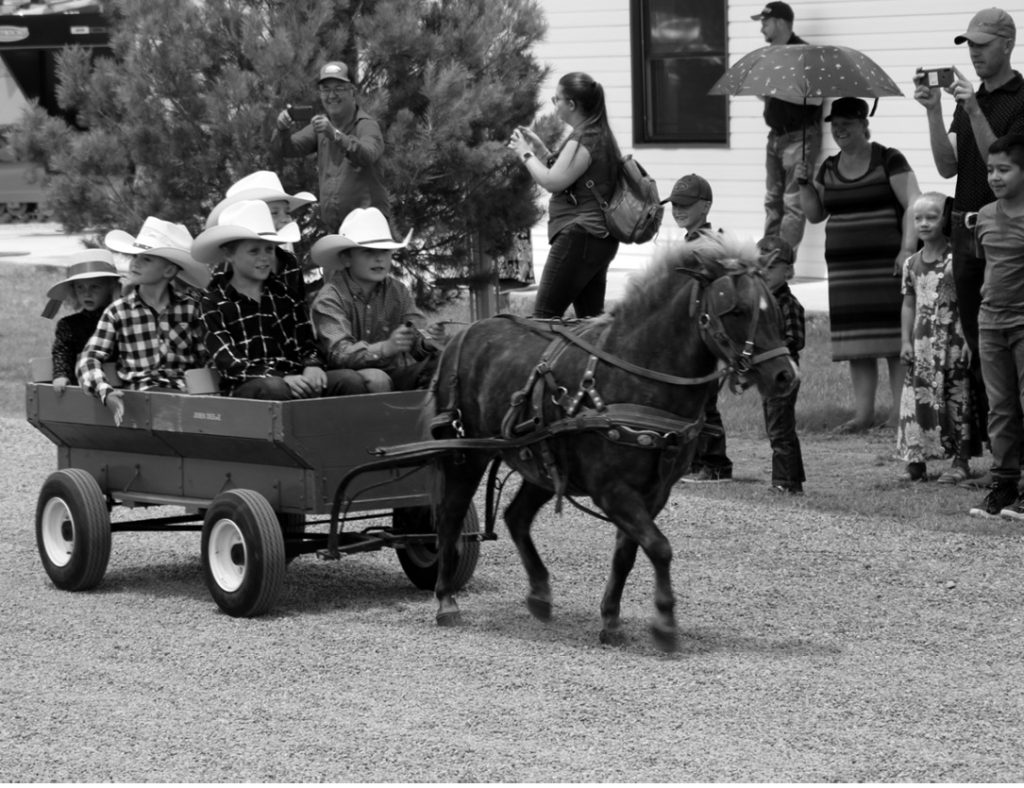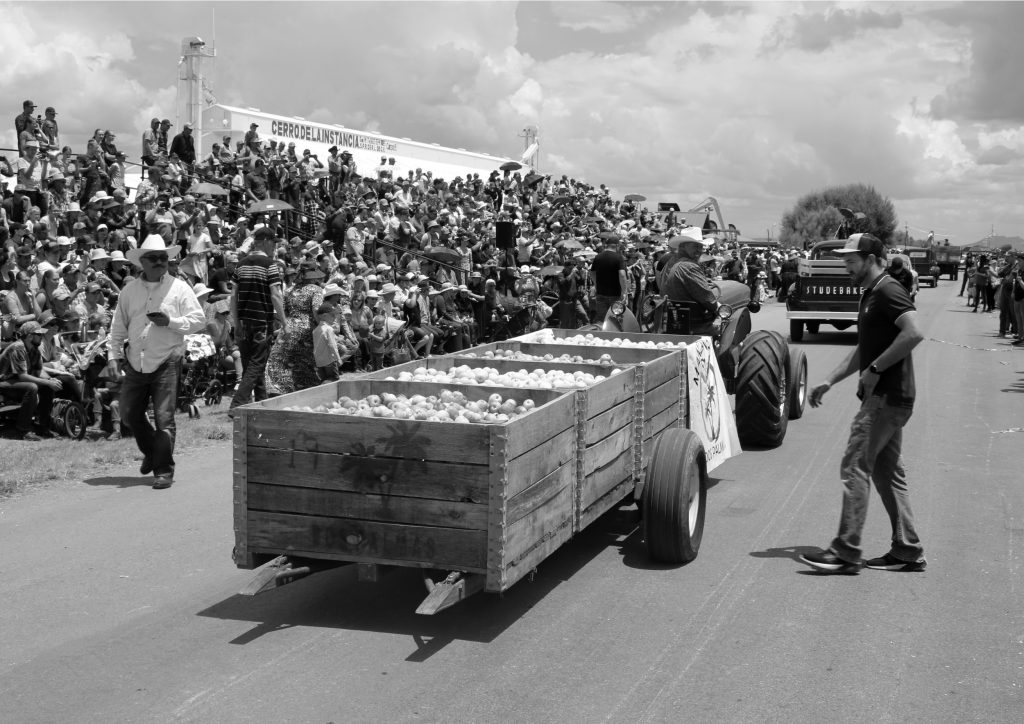Centennial Celebrations in Mexico
Kennert Giesbrecht
The five days of events commemorating the hundred years of Low German Mennonites (LGMs) in Chihuahua, Mexico, is something you would not want to miss if you are a Mennonite historian, or if you have any connections with Mexican Mennonites. For years it was in the planning, but then came Covid-19, and suddenly everything was in limbo. In late 2021, the organizers realized they had better get started if they still wanted to celebrate this milestone event, the first of its kind for Low German Mennonites in Latin America.
Although the official date of this centennial anniversary was March 8, the main celebrations were planned for August 10–14, 2022. One of the reasons was the weather: the chances of nice sunny weather without sandstorms are greater in August than in March. Travellers coming from other states or countries soon realized that booking a hotel would be a challenge. Some had to book as far away as Chihuahua City to find a room for those dates. Many families in the hosting colonies – Manitoba and Swift Current – opened their homes to strangers, families, and friends.

At the grand opening ceremony on August 10, one could really appreciate the magnitude of the event. Tens of thousands of people, largely LGMs from across the Americas, were present. There were many commonalities, among them the Low German language – it was spoken everywhere. Dozens of food stands also showed that one was among Mennonites; however, Mennonites who had been deeply influenced by Mexican culture. Enchiladas, tacos, burritos, and so much more have made their way into Mennonite kitchens. These dishes have become such an important part of Mennonite life that most Mennonites in Mexico would already consider these foods part of their culture, their traditions. Typical Mennonite cuisine, such as Verenkje (perogies), chicken noodle soup, and Rollkuchen enn Erbuess (Rollkuchen with watermelon), were available as well.
Over the past one hundred years in Mexico, one can assume that many things have changed. The parade on the first day proved how much this is the case. The parade depicted life in blocks of twenty years, demonstrating how things have evolved over the century. While horses still played a relevant role in the earlier decades, they were pushed aside by modern and faster machinery and vehicles in the later decades. The roughly ninety-minute parade was such a huge success that organizers decided to hold it another two times. And each time thousands of curious folks from far and wide gathered on the side of the road to watch the dozens of participants pass by.
Air shows, multiple parades, dozens of stands, and so many other aspects of the celebrations showed the history and the present circumstances of the colonies. At the museum one could take a tour and get a deeper understanding of how things used to be, and how much they have evolved.
Officials from multiple levels of government were also present to congratulate Mennonites for their many accomplishments. A representative from the National Bank of Mexico even came to hand over the first special twenty-peso coin that the government made to commemorate the centennial. The government produced 4.5 million coins and distributed them throughout the country in the weeks following the centennial event. The beautiful coin shows a Mennonite family of four, an arriving train to their one side, a grain field to the other. It says in Spanish: “One hundred years since the arrival of Mennonites in Mexico.” Such a coin shows how much Mennonites are appreciated in this country.
The celebrations were planned by a group of people from a variety of churches and organizations. For many months they laid their differences aside and worked together to make these festivities a reality. Hundreds of volunteers made the celebrations a success. Local police forces made sure that everything was safe. The Old Colony people, by far the largest group in the two host colonies, played a key role in the planning and realization of the celebrations.

This event was not just for the 24,000 people living in these two colonies. It was a celebration for most of the LGMs in Mexico, Canada, and beyond. Many other colonies in Mexico have roots in Manitoba or Swift Current. And tens of thousands of LGMs living in Alberta, Ontario, and Manitoba, as well as thousands of LGMs living in Texas and Kansas, call Mexico “home.” Tens of thousands of LGMs in Argentina, Paraguay, and Bolivia were either born in Mexico or had ancestors who lived there.
Two of the current Vorsteher (civic leaders) of the Manitoba Colony, Wilhelm Fehr and Jacob Dyck, spoke of the huge success of the event. They both felt bolstered by the unity and collaboration of so many different people in the community. Abraham Schmitt, who played a crucial role in organizing the celebrations, reflected, “We had no accidents worth mentioning. We were able to feed tens of thousands of people. The dozens of people who had stands, where businesspeople, entrepreneurs, artists, cooks, presented their products, went home content. The visitors enjoyed the displays, presentations, parade, music, food, and so much more. The visiting with friends from far and wide was a highlight for many. In the end, it was just an all-around success.”
The two Mennonite colonies celebrating their centennial have changed a lot over their one-hundred-year existence. And change will continue to happen. One can only hope that leaders and residents will continue to embrace their history as well, and do everything possible to preserve it.
